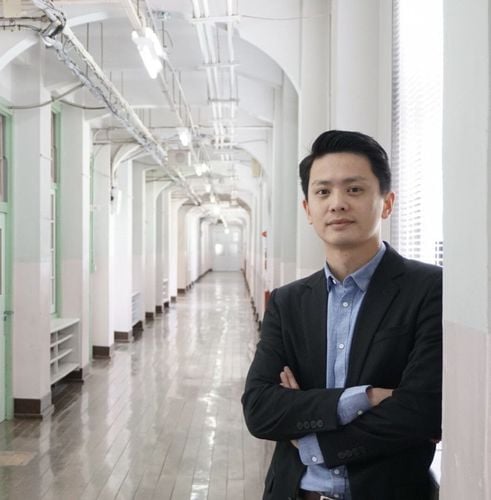【2020 Solutions】 Using Just One Optical Lens to Render Symptoms Unseen
In ancient times, traditional doctors needed to look, smell, ask, and touch to diagnose patients by checking their pulse, complexion, and symptoms. Modern AI doctors, through an optical lens, can scan and detect physiological information such as heart rate, blood pressure, and heart rate variability, making any symptoms apparent.
The AI doctor 'sees' physiological signals
Founded by Distinguished Professor Wu Bingfei from the Department of Electrical Engineering at National Chiao Tung University, the AI startup Julius Innovation primarily utilizes 'AI Image-Based Physiological Information Measurement'. It employs ordinary camera lenses to capture continuous facial images for signal processing. Through algorithms, it can discern heart rate, heart rate variability, and blood pressure. This technology’s main feature is its non-contact measurement.
As the aging population grows, the demand for long-term care has sharply increased. However, for elderly people who dislike wearing wearable devices, even the best wearable devices are of no use. Furthermore, the elderly are generally less familiar with 3C products, turning such devices into potential burdens. Julius Innovation, however, has addressed this issue with a new solution, using an optical lens in an imaging detection system to monitor facial features and determine measurements like blood pressure and heart rate. Compared to various wearable devices, whether worn on the body or hands, the advantage of a camera lens is its simplicity and completely unobtrusive presence.
Real-time measurement, precise tracking
Currently, the market is full of wearable physiological information measurement products, or video surveillance products that lack physiological detection capabilities. This solution represents the only successfully commercialized image-based physiological information measurement system. The technology highlights include: 1. Marketable non-contact, continuous output of heart rate, heart rate variability, and blood pressure detection 2. Fast results in under 6 seconds 3. Measurements can be taken even while wearing glasses 4. Comparable to medical-grade instrument precision 5. Implementation of clinical trials with hospitals to collect actual physiological data and optimize the AI algorithm 6. Uses physiological information measurements for broad applications such as detecting stress, deceit, or fatigue.
Lateral technology creates diverse vertical applications
In medical care, it primarily aids elderly cardiovascular patients by eliminating the discomfort of wearable medical instruments and allowing automatic daily health records and prediction of cardiovascular and other diseases without altering lifestyles. This saves medical staff resources and offers more intelligent elderly care solutions.
In smart finance, facial image processing technology detects physiological information and emotional changes plus masking behaviors. By installing this system in bank ATMs or counters, it enhances monitoring device functionality, observes the state of individuals withdrawing money, and issues alerts to bank staff upon detecting unusual emotions or behaviors to counteract financial crime or fraud.
In transportation, using Julius's technology can detect whether a driver is fatigued. If the data shows the driver is fatigued, a warning is issued, advising the driver to cease driving to avoid risks.
In the financial field, Julius Innovation also collaborates with Shanghai Commercial Bank. In newly established smart branches, they have incorporated the image-based physiological information detection system, using physiological data to enhance emotion recognition, strengthen KYC verification at banks, protect against ATM fraud, and provide VIP services, offering a novel digital banking service experience. This technology has been implemented in Taichung and Hsinchu digital branches.
Moreover, the non-contact physiological information measurement applications are extensive, with Julius Innovation focusing on smart care, smart finance, smart transportation, and smart security as its four key sectors. Originally, care, transportation, finance, and security were standalone vertical areas, but Julius specializes in lateral technology, allowing more diverse applications across these sectors.
「Translated content is generated by ChatGPT and is for reference only. Translation date:2024-05-19」


